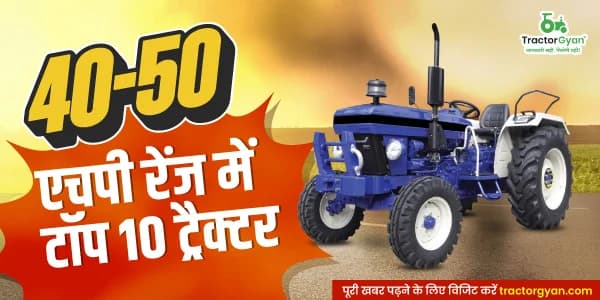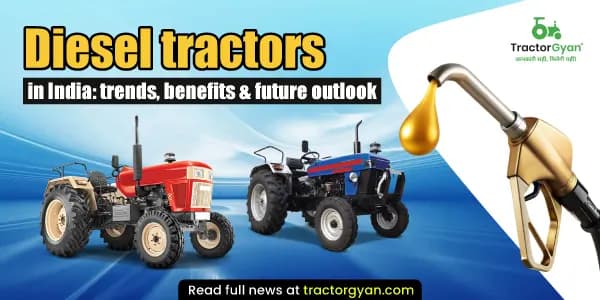What are pesticides? Precautions to be taken while using them
टेबल ऑफ कंटेंट
When the name agriculture pops up it becomes a compulsion to talk and know about pesticides.
Pesticides are substances or say a mixture of substances of chemical or biological ingredients which are used to destroy, control, or repair the damages caused by pests or weeds it is also beneficial as it promotes plant growth.
What are pesticides?
Plant Protection Product is a more specific phrase than pesticide (PPP). Plant protection products are "pesticides" that guard desirable or practical plants or crops. They perform one of the following tasks and have at least one active ingredient.
Before or after harvest, protect plants or plant products from pests or diseases; affect the life processes of plants (for example, by adding compounds that affect growth but do not provide nutrients) conserve plant products; eliminate or stop the growth of unwanted plants or plant parts.

Agrochemicals known as pesticides are applied to agricultural fields, public health initiatives, and urban green spaces to protect people and plants from numerous diseases. However, because of their well-known capacity to have several detrimental impacts on both human health and the environment, their side effects may represent a significant environmental health risk factor.
Different types of pesticides exist based on the needs and requirements there exists various classifications for pesticides which makes their demand high in agricultural fields.
Some of the example of Pesticides are as follows:
1. Antimicrobials are responsible for controlling the germs and microbes like bacteria and viruses.
2. Algaecides are responsible for killing or slowing the growth of algae
3. Antimicrobials are responsible for controlling germs say bacteria or viruses.
4. Biopesticides are made from living things they are mainly natural pesticides naturally gained.
5. Disinfectants are used to control the germs like bacteria or viruses
6. Foggers are used to kill the insects which are in open contact and or touch the pesticides.
7. Fungicides as the name suggest fungicides are used to destroy fungus-like molds, mildew, and rust.
8. Herbicides are used to kill or prevent the growth of unwanted plants or weeds.
9. Insecticides are used to control insects which inhibits the growth of the crops
10. Natural and biological pesticides use elements from nature or synthetic copies of such elements to manage pests.
11. Organic pesticides are typically manufactured from natural components such as soaps, lime sulfur, and hydrogen peroxide and are typically not synthetic
12. Ovicides are used to prevent insects' and mites' eggs from hatching.
13. Chemicals called biologically active pheromones, are used to entice insects, or prevent them from mating. Species-specific chemical ratios are frequently seen in mixtures.
14. Plant growth regulators are tools used to modify a plant's growth. For instance, they could hasten or delay flowering.
15. The purpose of repellents is to deter harmful pests, frequently by taste or scent.
Precautions while using pesticides

Pesticides are poisonous and dangerous when it comes to their usage. It is mandatory to know about the risks and benefits attached to it.
-
As your purchase, pesticides make sure to read its label thoroughly as it has important information which your seller might have forgotten to make you aware of, so it is better to read than to repent.
-
Be familiar with the precaution as well as with the First Aid information put on the proper protective equipment.
-
Pesticides can cause infection by ingestion, absorption through the skin, and absorption through the eyes. It's crucial to cover as much of the body as you can because the skin typically receives the most exposure. Before opening the pesticide bottle, make sure you're wearing the necessary protective equipment as specified on the label.
-
Have in the Personal defense tools (PPE) Clothing and other items known as MinPPE are used to shield the body against pesticides and their residues. Wear the safety gear that is specified on the label, such as long sleeve shirts, long pants, overalls, nonabsorbent gloves (not made of leather or fabric), and rubber boots (not made of canvas or leather), hats, goggles, or dust mist filters.
-
Precautions to keep in mind while using it or mixing it:
a. Pay close attention to the "Directions for Use" on the label.
b. Use only for the stated purposes.
c. Utilize only the recommended quantity, timing, and circumstances.
d. Doubling the amount won't accomplish twice the task. You run the risk of hurting the plant, the surrounding area, the pet, or yourself or someone else.

-
Measure the pesticide carefully and only use the amount recommended on the label. (Never use the same spoons or measuring cups for cooking and eating.) make it a point to dilute the pesticides outdoor or in a ventilated area.
-
Avoid preparing bigger quantities to be kept for potential use later. Over time, the pesticide will deteriorate and lose its effectiveness.
-
Throw away any clothing that has been contaminated with pesticide concentrate or that has become saturated with spray solution. Wash any body parts that may have met the pesticide with soap and water before continuing your work in new, clean clothing.
-
For at least the amount of time specified on the label, keep kids, pets (including birds and fish), and toys (including pet toys) away from places where pesticides are mixed and applied. Wait until the insecticide has dried before going back into the area if there is no period specified on the label.
-
Never place insect or rodent bait where little children or dogs can access it, whether indoors or outside. Even pesticides designed as baits (with a feed attractant) are nonetheless pesticides.
-
Never put insecticides into milk or soft drink bottles or other food containers. Pesticides should always be kept in their original, clearly marked containers. Secure all child-resistant caps once again.
-
If something spills, clean it up right away. Avoid washing it away. Instead, strew sawdust, vermiculite, or kitty litter over the spill. Sweep it into a plastic bag and dispose of it following the pesticide product's label instructions. Pesticide-contaminated cleanup materials must be treated as pesticide waste.
-
Don't use insecticides excessively. A pesticide applied in excess may run off or seep into water sources, contaminating them. It is challenging or impossible to clean up contaminated water sources.
-
Your homegrown fruit and vegetables may include dangerous residues from excessive spraying, which could harm fish, other plants, and wildlife.
-
Check the label to see if the insecticide needs to be irrigated in. It is never a good idea to mix or apply pesticides close to wellheads, stormwater drains, or water sources like creeks and streams.
कैटेगरी
और ब्लॉग पढ़ें
The landscape of farming is evolving with each passing day and is making way for innovative agriculture practices. Seeing the current trends, this evolution is now based on adopting sustainable and eco-friendly approaches.
Contour farming stands as a remarkable example of this. With...
Mumbai: AutoNxt Automation is looking to raise Rs 27 crore (USD 3.5 million) in pre-Series A funding round by October-November for the production of electric tractor and its launch, founder and CEO Kaustubh Dhonde said. Founded in 2016, the automation technology startup...
Looking for a fruit that you can cultivate easily and earn a great profit margin? Try dragon fruit cultivation in India. Because of its huge demand in the market, the cultivation of Dragon fruit has become a great cultivation option.
In this blog,...
इसके बारे में अपनी टिप्पणी लिखें What are pesticides? Precautions to be taken while using them
.webp&w=1920&q=75)
ट्रैक्टर और कृषि से जुड़े सबसे अधिक खोजे जाने वाले ब्लॉग्स
07 Jan 2026
18 Dec 2025
29 Jul 2025
08 Sep 2025
03 Jul 2025
30 Jul 2025
30 Jul 2025
30 Jul 2025
29 Jul 2025
30 Jul 2025
26 Dec 2025
31 Jul 2025
18 Dec 2025
26 Dec 2025








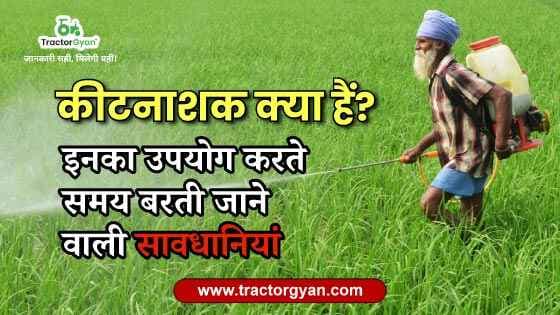
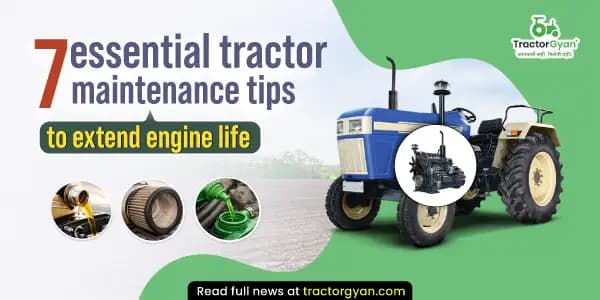





.webp&w=2048&q=75)
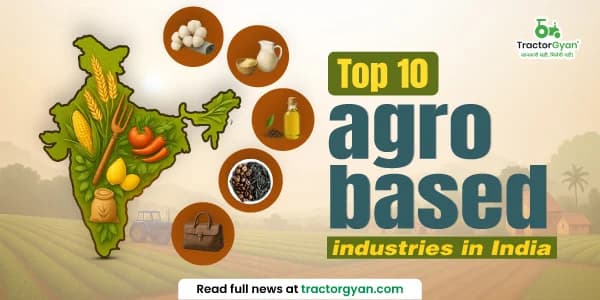
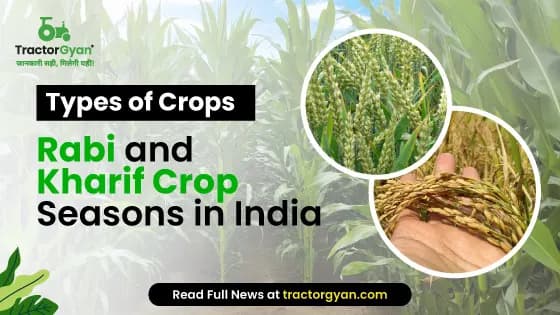
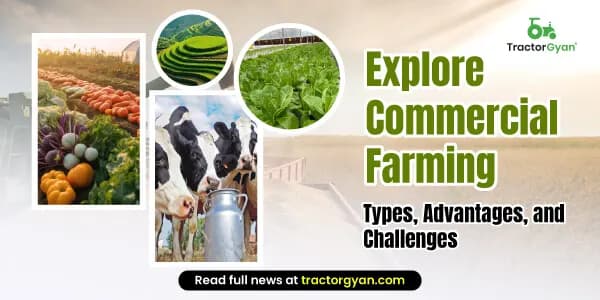
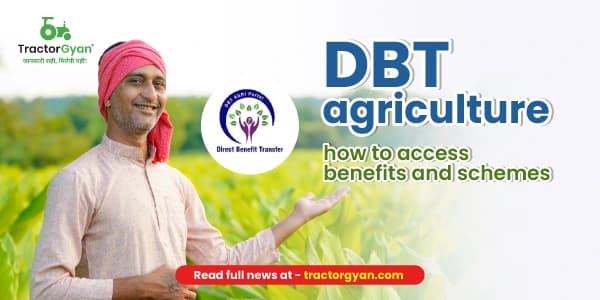
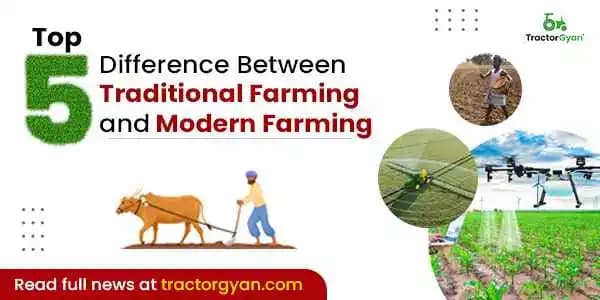
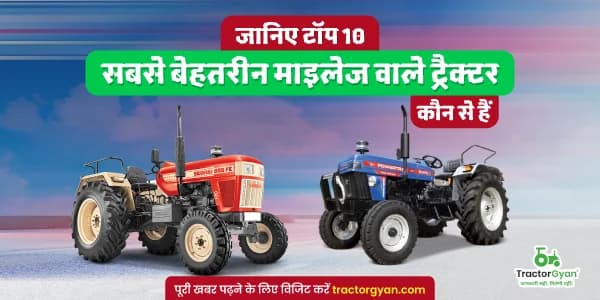
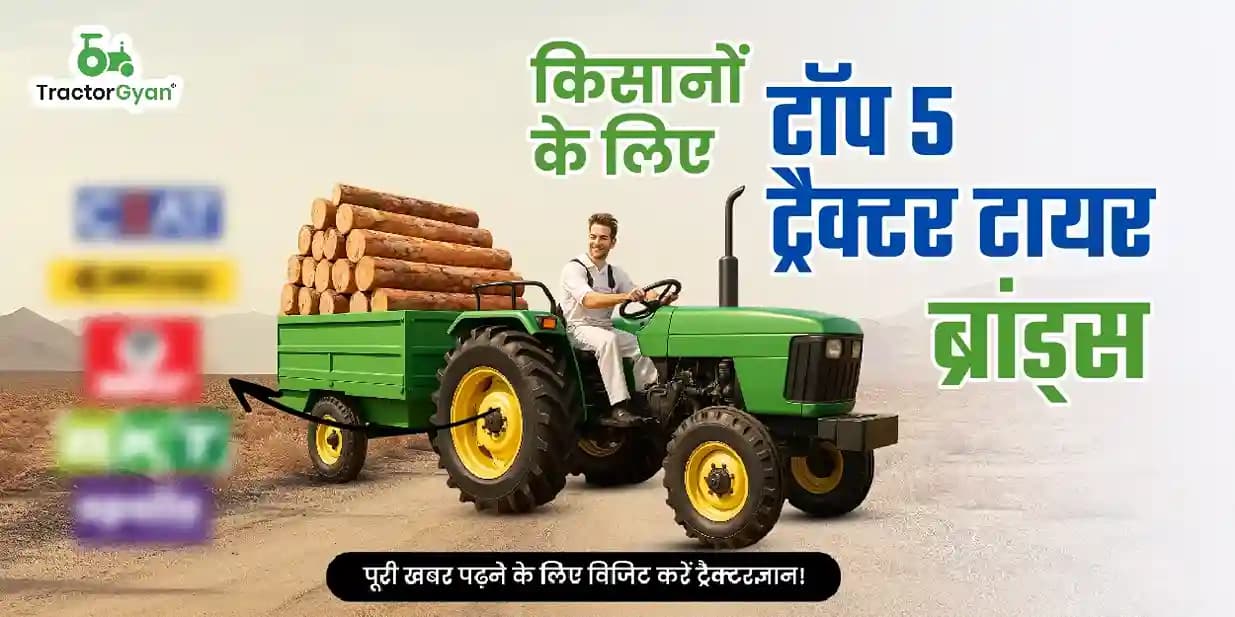


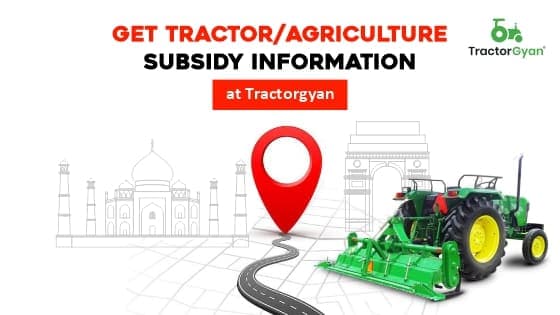
.webp&w=2048&q=75)
.webp&w=2048&q=75)
